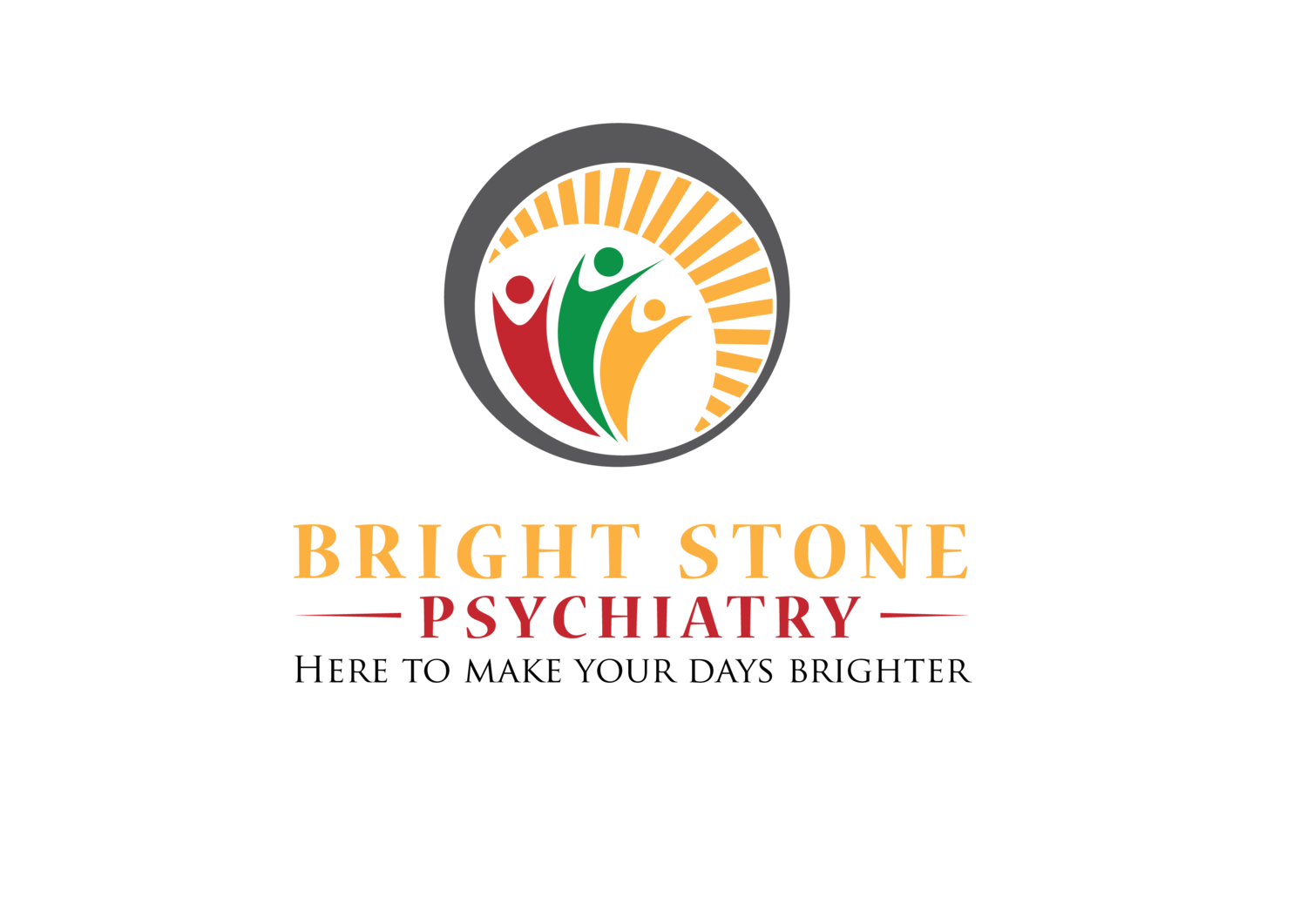Sunshine & Mental Health
As the days grow longer and the weather warms, many people find their spirits lifting with the summer sun. But is there more to this mood boost than just enjoying a sunny day? At Brightstone Psychiatry, we believe that summer sunshine can play a crucial role in managing depression and anxiety. Here’s how sunlight can be a powerful ally in your mental health journey
Sunshine & Mental Health
.
The Science Behind Sunshine and Mental Health
Sunlight exposure has a direct impact on our brain chemistry and overall mental well-being. Here are some key ways in which sunshine can help alleviate symptoms of depression and anxiety:
1. Boosts Vitamin D Production
Sunlight is a natural source of Vitamin D, a vital nutrient that plays a significant role in mood regulation. Low levels of Vitamin D have been linked to increased symptoms of depression and anxiety. When your skin is exposed to sunlight, it synthesizes Vitamin D, which helps regulate the production of serotonin, a neurotransmitter that influences mood.
2. Increases Serotonin Levels
Sunlight triggers the release of serotonin in the brain. Higher serotonin levels are associated with improved mood and feelings of calm and focus. This neurotransmitter is often referred to as the “feel-good” chemical because it contributes to a sense of well-being and happiness.
3. Regulates Circadian Rhythms
Exposure to natural light helps regulate your body’s internal clock, also known as the circadian rhythm. Proper circadian rhythm alignment is essential for good sleep patterns. Sleep disturbances are common in individuals with depression and anxiety, and better sleep can significantly improve mood and reduce anxiety symptoms.
4. Enhances Endorphin Release
Spending time in the sun can also trigger the release of endorphins, the body’s natural painkillers and mood enhancers. This is often referred to as the “runner’s high” and can be achieved through moderate outdoor activities.
Practical Tips for Safe Sun Exposure
While the benefits of sunlight are clear, it’s essential to enjoy the sun safely. Here are some tips to help you get the most out of your time in the sun without risking skin damage:
Limit Direct Sun Exposure: Aim for 15-30 minutes of direct sunlight exposure daily, preferably in the morning or late afternoon to avoid the peak UV radiation times.
Use Sunscreen: Apply a broad-spectrum sunscreen with at least SPF 30 to protect your skin from harmful UV rays.
Wear Protective Clothing: Hats, sunglasses, and long sleeves can provide additional protection while allowing you to enjoy the benefits of sunlight.
Stay Hydrated: Drink plenty of water to stay hydrated, especially if you are spending extended periods outdoors.
Incorporating Sunlight into Your Routine
Here are some practical ways to incorporate more sunlight into your daily routine, especially during the summer months:
Morning Walks: Start your day with a brisk walk outside to soak up some morning sun.
Outdoor Hobbies: Engage in outdoor activities like gardening, cycling, or simply relaxing in a park.
Breaks at Work: Take short breaks during your workday to step outside and enjoy the sunshine.
Exercise Outdoors: Consider moving your workout routine outside. Activities like jogging, yoga, or playing sports can be more enjoyable in the fresh air.
When to Seek Professional Help
While sunlight can be a beneficial component of mental health care, it’s important to recognize when professional help is needed. If you or someone you know is struggling with persistent symptoms of depression or anxiety, seeking guidance from a mental health professional is crucial. At Brightstone Psychiatry, our team of experts is here to provide comprehensive care and support tailored to your needs.
Contact Us
For more information on how we can help you manage depression and anxiety, please visit our website at Brightstone Psychiatry or contact us via email at Hello@BrightStonePsychiatry.com.

